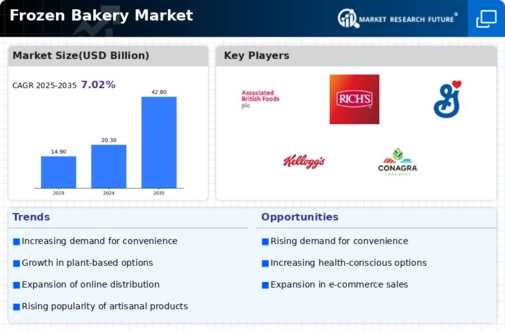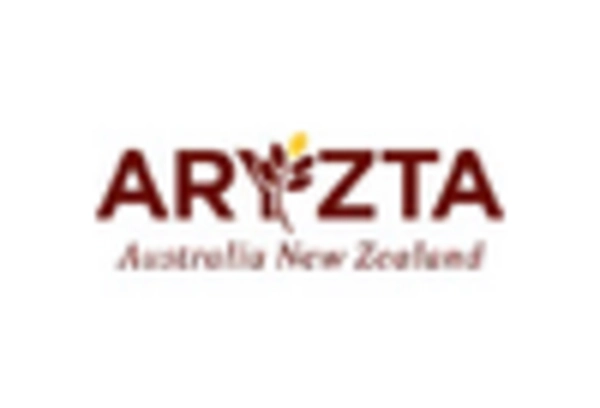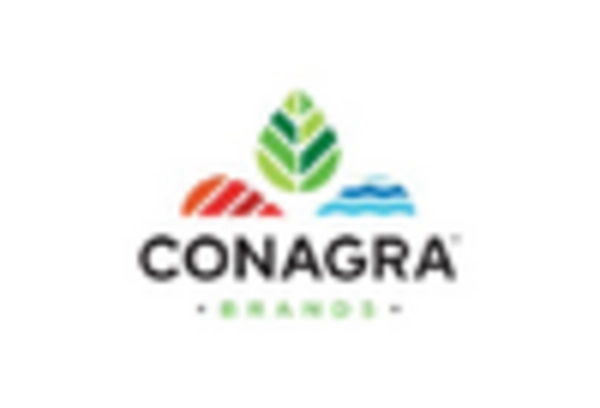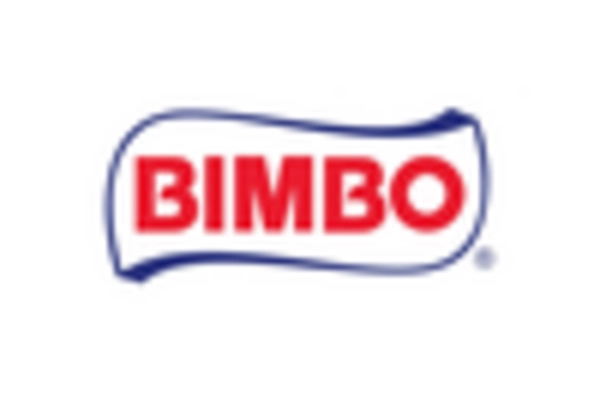On March 10, 2024, Aryzta AG announced the addition of a new bakery line to its frozen selection whereby gluten free and vegan frozen pastries would be produced. This new offering will help to meet the growth in the markets for plant based and allergen free pastries in particular for the retail and foodservice sectors.
In February of 2024, Grupo Bimbo has grown its frozen bakery offering in North America under the Sara Lee brand adding into the portfolio a variety of frozen ready to bake croissants and pastries.
In December 2023, one of the biggest U.S. bakery companies, Flowers Foods, launched a new range of artisan target frozen breads under the Dave’s Killer Bread brand. The company is looking to fit into the strong tendency to quality frozen bread with little preparation needed but looking to taste freshly baked bread.
In November 2023, CSM Bakery Solutions, a major global player in the frozen bakery domain, accentuated on organic ingredients to win a significant share in the frozen dough market. This range of offerings aimed at both food service distribution and retail approaches is branded as a more healthy and environmentally conscious frozen bread replacement.
In October 2023, McCain Foods, a frozen food company operating globally, presented a brand-new assortment of frozen dough for pizzas and baked goods, which has been designed to meet the growing demand for a home replacement of Pizza and other bakery goods.
In September 2023, a bunch of Europe’s frozen bakery leaders in manufacturing, including Europastry in Spain, launched and marketed frozen croissants, muffins, Danish and other pastries that are about to sensibly break the awakening breakfast market for ready to eat frozen croissants that are in great increase of demand for heat and serve options.
Apr-2023: Flowers Foods Inc. released four new bread and snack items under Nature’s Own®, Tastykake®, and Wonder® brands, including Nature’s Own Keto Net One Loaf, Nature’s Own Perfectly Crafted® Artisan Style Everything Bun, Tastykake Dipp’n Sticks and Wonder Bread Hawaiian Bun in a bid to meet consumer choices. Chief Brand Officer Mark Courtney highlighted the alignment of these additions with the rest of the existing portfolio.
Mar-2023: Cubiq Foods, a Spanish food-tech start-up joined forces with Cargill Incorporated to sign an agreement towards developing and commercializing fat technology. The deal intended to deliver healthier, more sustainable and tastier plant-based protein options.
Feb-2023: Papa Pita Bakery was purchased by Flowers Foods Inc., which is known for its premium quality bread products. As it acquired this company, the expectation was that it would help create more production and distribution synergies for the firm.

















Leave a Comment